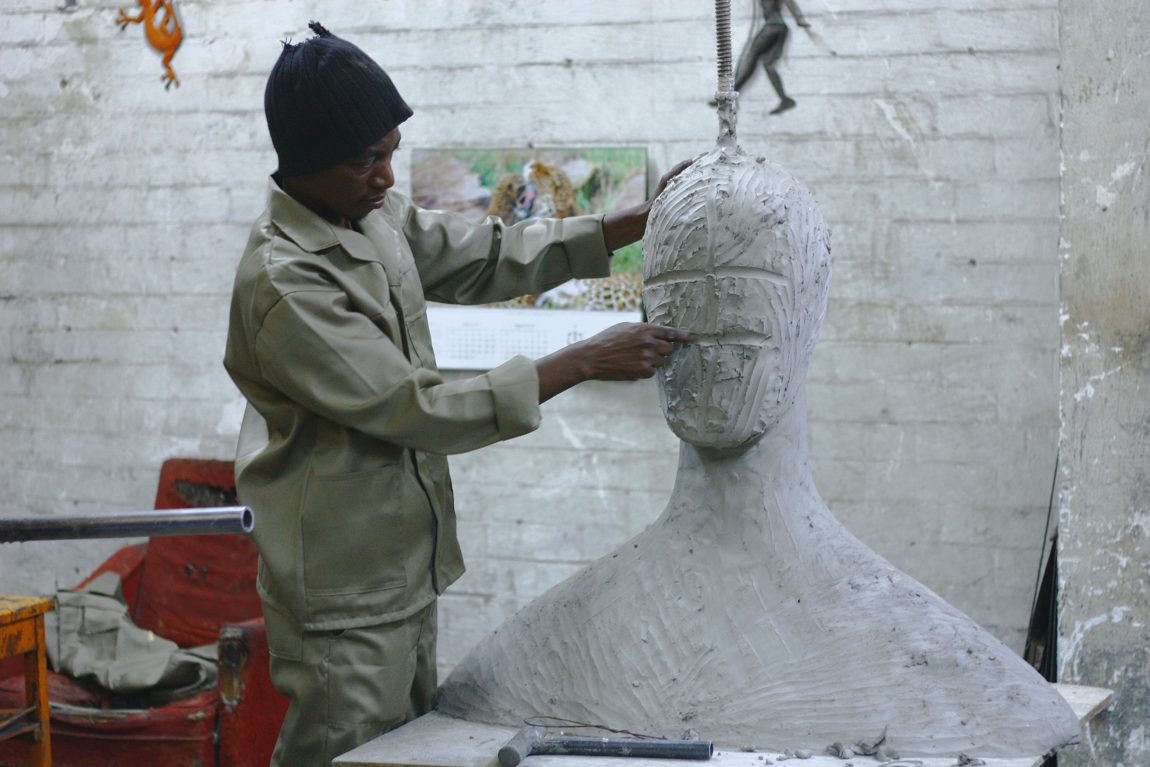In a world where the tangible connects deeply with the ethereal, sculpture stands as a testament to human creativity and emotion. From the earliest civilizations to the modern era, sculpture has been a pivotal medium for expressing both the divine and the mundane, capturing the essence of humanity’s interaction with the world.
Imagine strolling through the ancient streets of Rome, where the air whispers tales of glory and conquest, and you’re met with the imposing figure of a marble god, chiseled to perfection. Or perhaps, envision yourself in the serene gardens of a Japanese temple, where the stone-carved Buddha sits in eternal meditation, inviting a moment of introspection.
My journey into the heart of sculpture began quite unexpectedly during a visit to the Louvre. There, amidst the labyrinth of art and history, I found myself face to face with the Winged Victory of Samothrace. The grace of her form, caught in an eternal gust of wind, spoke of victories long past but never forgotten. It was a moment of profound connection, transcending time and language, and it sparked in me a lifelong fascination with the art of sculpture.
Sculpture, in its myriad forms, from the monumental to the minutely detailed, has the unique ability to capture the essence of its subject in three dimensions. It’s an art form that demands not just visual appreciation but a physical presence; to walk around, to view from every angle, to experience the play of light and shadow that gives life to inert material.
Consider the intricate jali work of India, where stone is transformed into ethereal lace, casting patterns of light that tell tales of divine playfulness. Or the powerful simplicity of the Moai of Easter Island, where giant faces gaze out towards the sea, silent guardians of a mysterious past.
As I delve deeper into the world of sculpture, I find myself drawn to the stories these forms tell—stories of faith, power, beauty, and human frailty. There’s a dialogue that happens in the space between the viewer and the sculpted form, a silent conversation that can evoke a multitude of emotions, from awe to contemplation, from joy to sorrow.
One cannot help but wonder about the hands that shaped these forms, the lives of the artists who poured their visions and their soul into stone, bronze, wood, and marble. What drove them to create? Was it divine inspiration, a patron’s commission, or a deeply personal need to express the inexpressible?
Sculpture, like all art, is a mirror to the human condition. It reflects our highest ideals, our deepest fears, and our unending quest for meaning. It stands as a testament to our need to leave a mark on the world, a three-dimensional imprint of our existence.
As we continue to create and appreciate sculpture in the modern era, we carry forward this ancient tradition, adding our own stories to the tapestry of human creativity. In a world increasingly dominated by the virtual, the tangible presence of sculpture reminds us of the enduring power of material and form to convey the depth of human experience.
In the end, sculpture teaches us to see—not just with our eyes but with our hearts and our minds. It invites us to pause, to reflect, and to connect with the multitude of stories etched in stone, cast in metal, or carved in wood. Through sculpture, we come face to face with the essence of humanity itself.
Key Takeaways:
- Sculpture serves as a bridge between the physical and the ethereal, capturing human creativity and emotion.
- It demands a physical presence and interaction, offering a unique experience through its three-dimensional form.
- Sculpture reflects the human condition, embodying ideals, fears, and the quest for meaning across cultures and ages.
- The art form invites contemplation and connection, reminding us of the power of tangible expression in a digital world.
Frequently Asked Questions:
- What materials are commonly used in sculpture?
Sculptures are crafted from a variety of materials, including stone, metal, wood, clay, and modern synthetic materials. The choice of material often depends on the intended expression and durability desired by the artist. - How do sculptures differ across cultures?
Cultural differences in sculpture often reflect the unique spiritual, societal, and aesthetic values of a community. For example, Greek sculptures emphasize idealized human forms, while African sculptures often focus on symbolic figures and masks with spiritual significance. - Why do some sculptures from ancient times survive better than others?
The survival of ancient sculptures is largely influenced by the materials used and the environmental conditions where they were kept. Stone and metal sculptures tend to survive better than those made of wood or clay due to their durability against weathering and decay. - Can sculpture be considered a form of communication?
Yes, sculpture can be a powerful form of communication, conveying ideas, emotions, and values without words. It can tell stories, commemorate historical events, and express abstract concepts through form and material. - How has modern sculpture evolved from ancient traditions?
Modern sculpture has expanded in terms of materials, techniques, and subjects, incorporating abstract and conceptual approaches. However, it continues to draw inspiration from ancient traditions, exploring similar themes of human experience, spirituality, and aesthetic expression.





